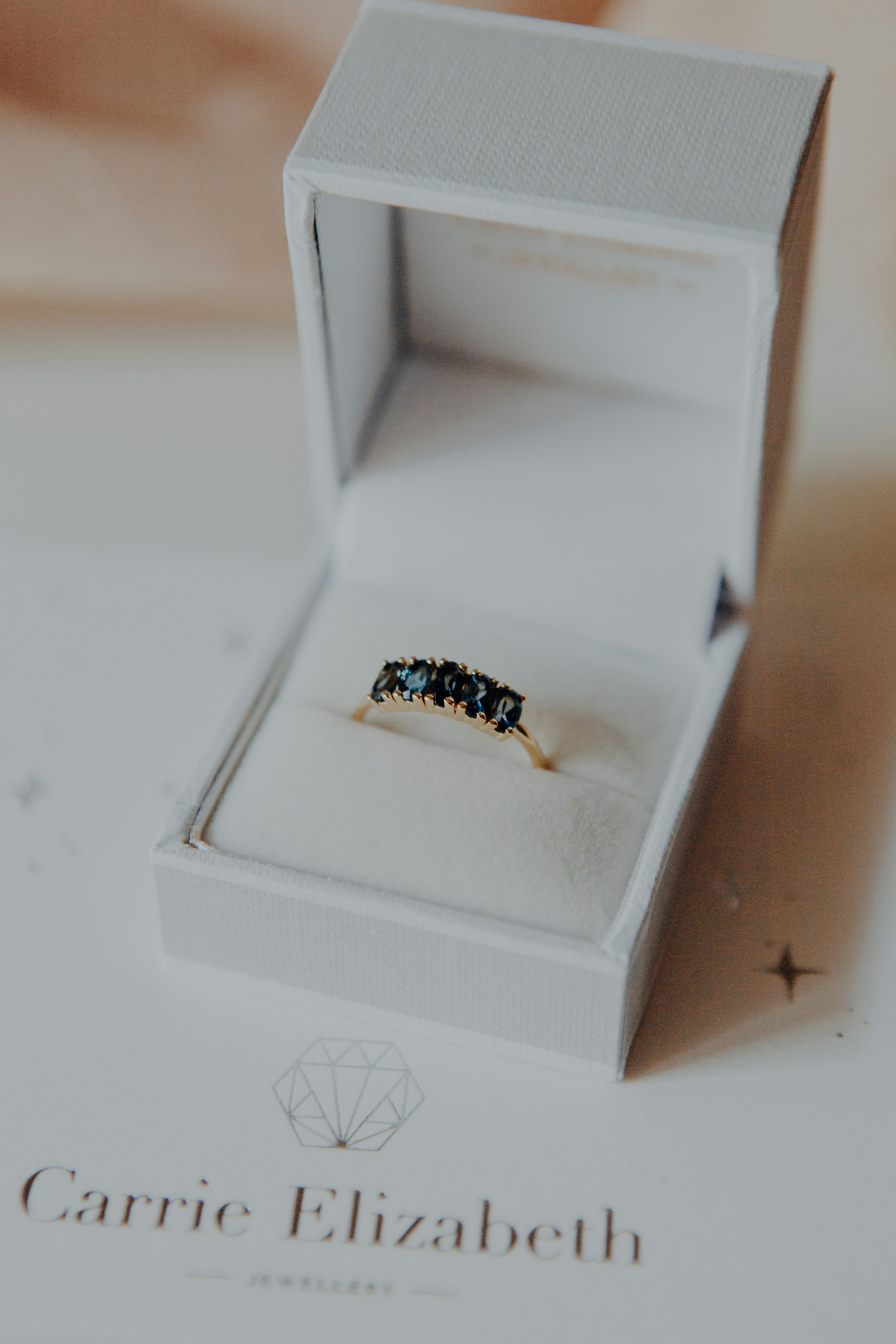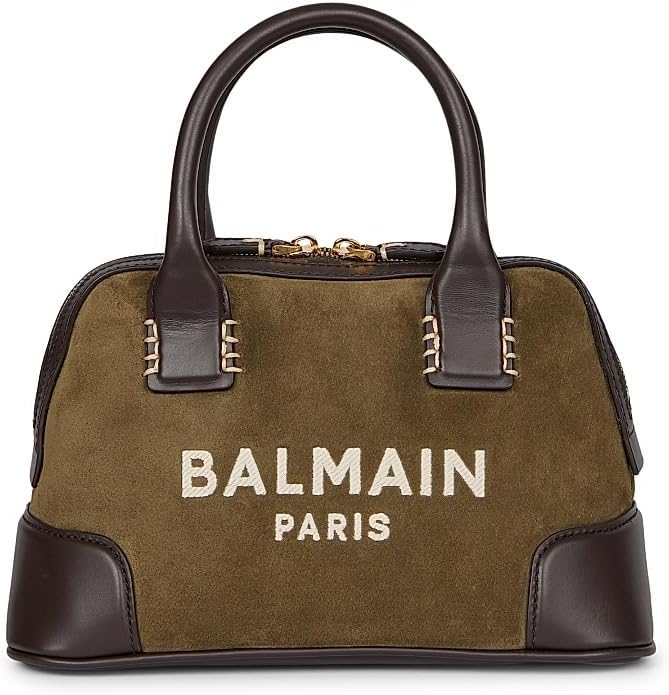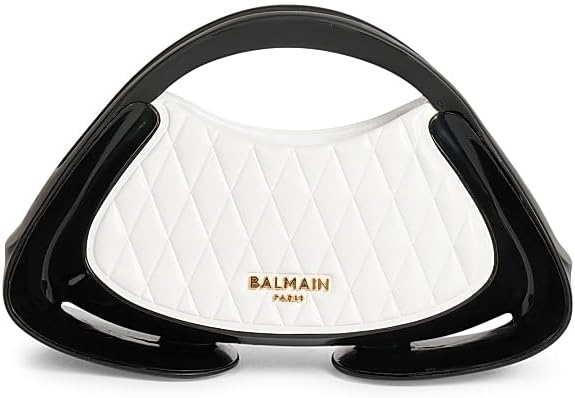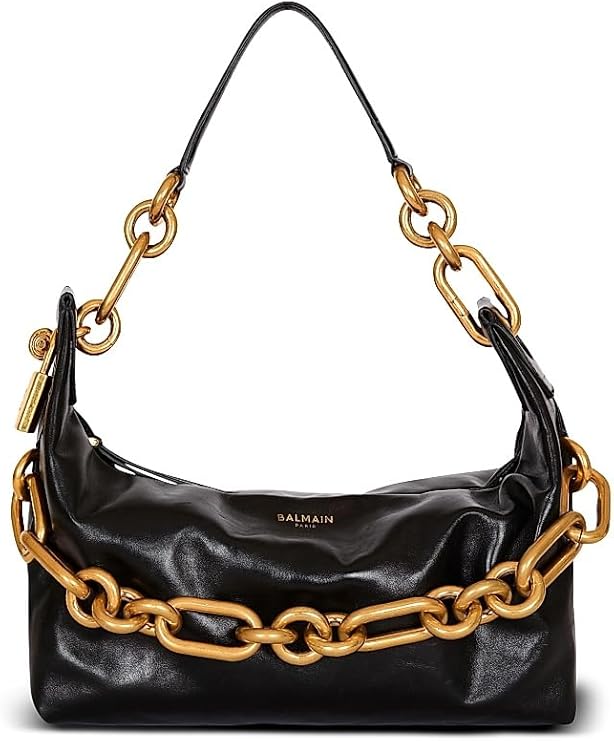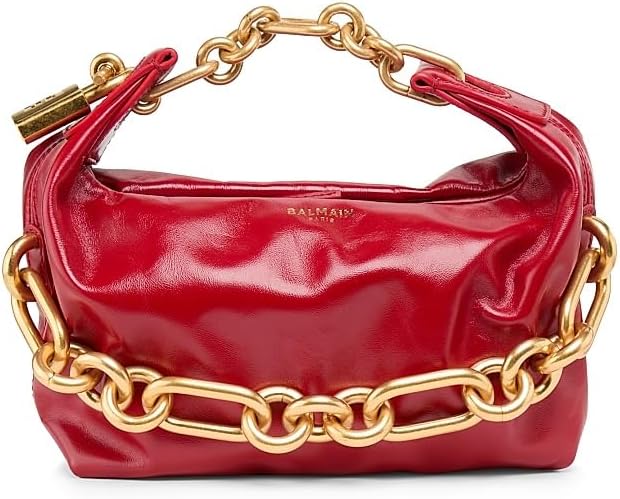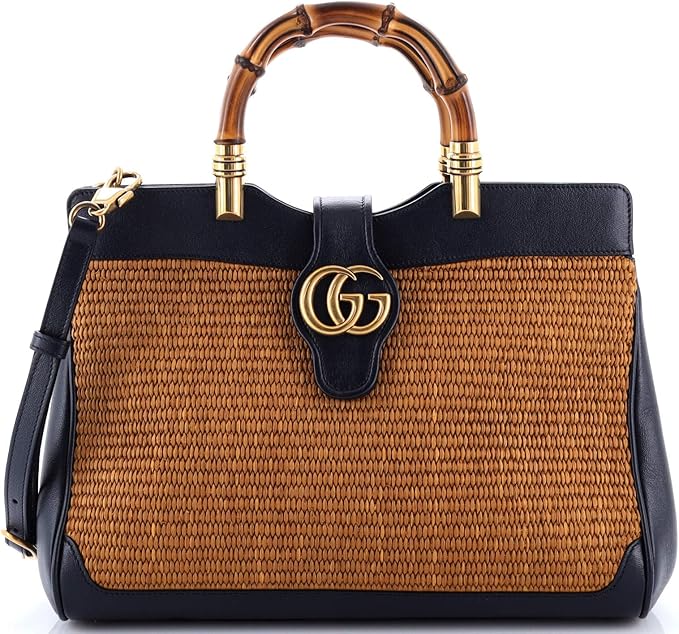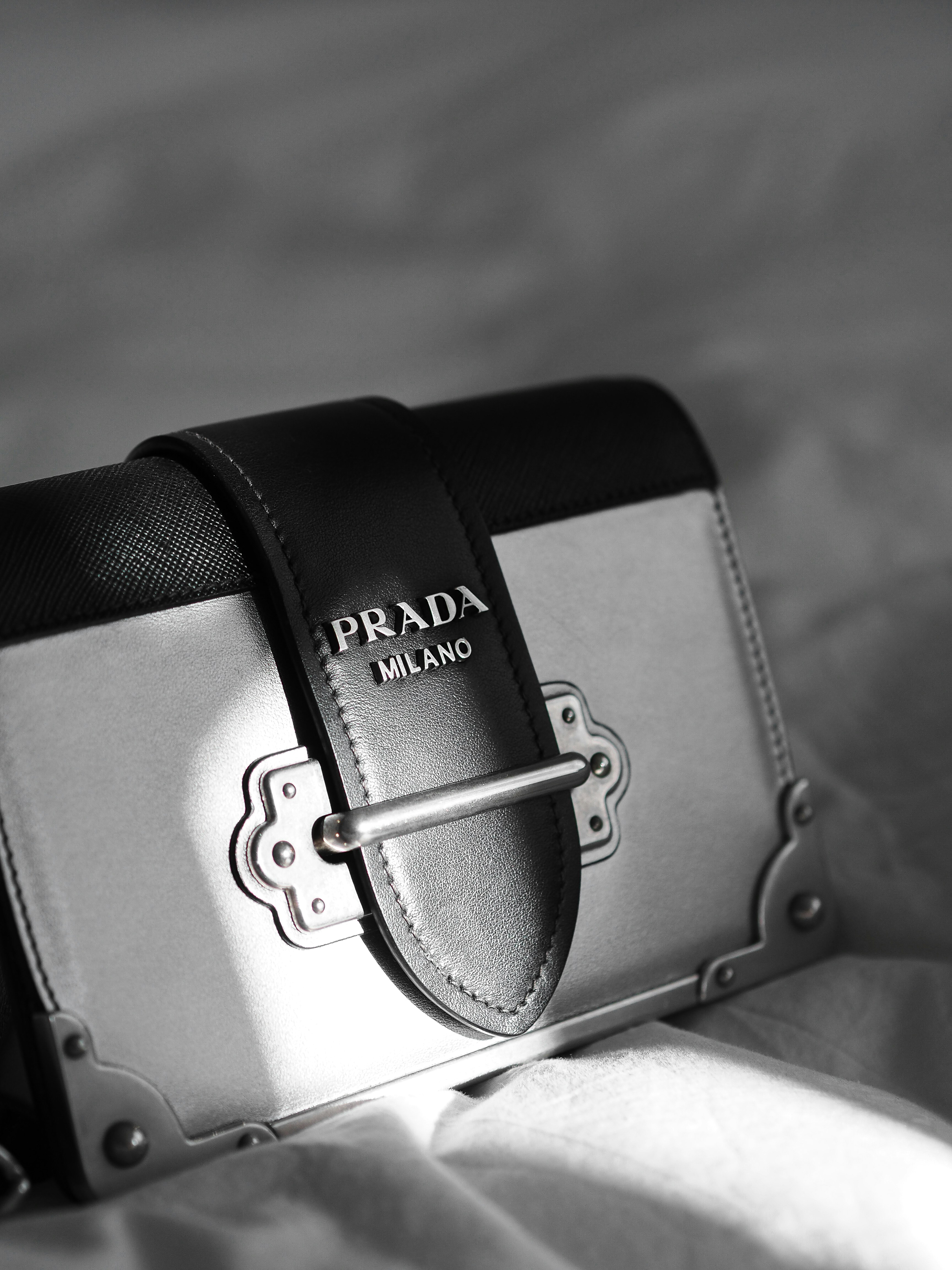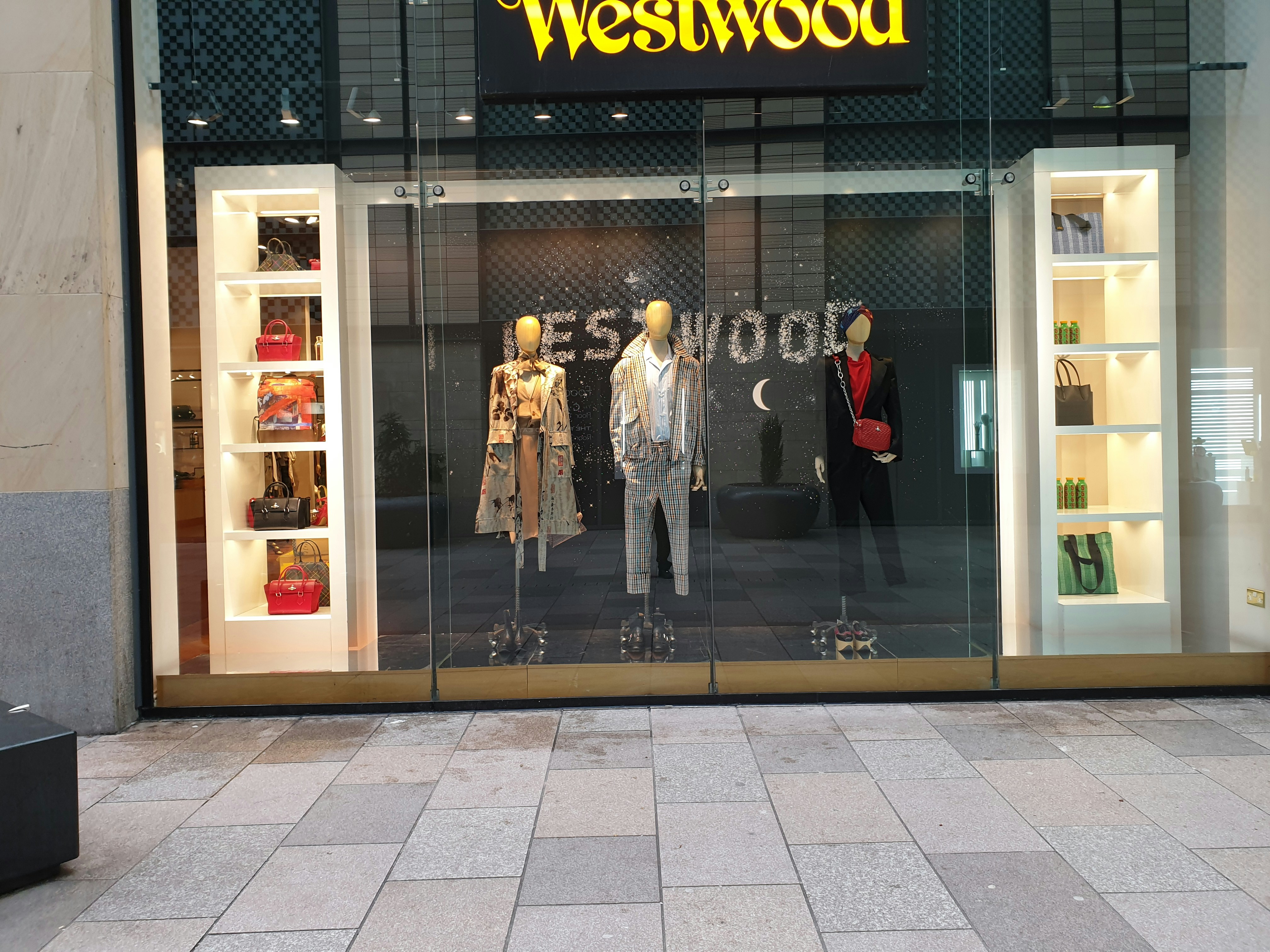Founded in 1888, De Beers emerged as a pivotal force in the diamond industry, profoundly transforming the perception and marketing of diamonds. The company traces its roots back to the partnership of two brothers, John and Harry Oppenheimer, who consolidated diamond mining efforts in South Africa. At the helm of this ambitious enterprise was Cecil Rhodes, a key figure in the expansion of the diamond industry. With his vision and determination, Rhodes paved the way for De Beers to become synonymous with luxury and elegance.
The early days of De Beers were marked by the discovery of substantial diamond deposits in the Kimberly region, which fueled the company’s growth and dominance in the market. The consolidation of various claims under the De Beers banner established it as the leading mining company in South Africa. Rhodes’ strategy involved not only diamond mining but also acquiring rival enterprises, allowing De Beers to control a significant portion of the global diamond supply. This calculated approach set the stage for De Beers’ eventual rise as a diamond authority.
Throughout the late 19th and early 20th centuries, De Beers further solidified its reputation by implementing innovative marketing strategies and creating a brand that was synonymous with status and sophistication. The famous advertising campaign launched in 1947, featuring the now-iconic phrase “A Diamond is Forever,” revolutionized the consumer’s relationship with diamonds, establishing them as the ultimate symbol of love and commitment. This pivotal moment not only underscored De Beers’ creative prowess but also defined the diamond industry’s trajectory for generations to come.
As De Beers evolved from a mere mining company to an emblem of opulence, its legacy continues to affect perceptions of diamonds and their significance in modern culture, marking its status as a formidable name in the luxury market.
The ‘A Diamond is Forever’ Campaign: Marketing Brilliance
Launched in 1947, the ‘A Diamond is Forever’ campaign marked a pivotal moment in the history of diamond marketing, orchestrated by the renowned De Beers Group. This innovative campaign was not merely an advertising effort; it was a strategic redefinition of diamonds in the context of love and commitment, effectively embedding the idea that a diamond symbolizes eternal fidelity. The phrase, crafted by copywriter Frances Gerety, resonated widely, transforming consumer perceptions and influencing behaviors regarding diamond purchases.
One of the campaign’s key strategies was its artistic representation of diamonds as symbols of love and relationships. De Beers employed emotionally-driven advertising that presented diamonds not as mere stones but as essential components of romantic milestones, particularly engagements. This approach significantly shifted cultural attitudes, fostering the expectation that an engagement ring must be a diamond, thereby solidifying its necessity in marriage traditions. The campaign cleverly interwove beautiful imagery with compelling storytelling, leading consumers to associate diamonds with their most cherished life events.
The impact of the campaign is evidenced by historical data, revealing a marked increase in diamond sales during the late 20th century. The introduction of concepts such as the “two months’ salary” rule further reinforced the allure of diamonds, making them a staple in is engagement traditions. Testimonials from couples over the decades highlight how the phrase ‘A Diamond is Forever’ influenced generations to seek out diamonds for their engagements, consistently pushing the sales volumes under the De Beers brand.
In essence, De Beers’ campaign didn’t just aim to sell diamonds; it aimed to create a cultural phenomenon. The brilliance of the ‘A Diamond is Forever’ campaign is a testament to the power of effective marketing in shaping consumer expectations and desires, leaving an indelible mark on the diamond industry and its consumers alike.
The Signature Solitaire: Craftsmanship and Design
The hallmark of De Beers’s reputation in the diamond industry lies in its iconic solitaire diamond rings. These exquisite pieces are not merely jewelry; they symbolize everlasting love and commitment. The solitaire style, characterized by a single diamond at its center, has captured the hearts of many, making it a timeless choice for engagement rings. Each solitaire is a fine testament to the meticulous craftsmanship and design ethos that De Beers embodies.
From inception to completion, the creation of a solitaire ring involves a detailed process that reflects the brand’s commitment to quality. Skilled artisans carefully select diamonds that meet the highest standards, ensuring each gem possesses exceptional brilliance and clarity. The iconic round-brilliant cut is often preferred, as it maximizes the play of light, bringing out the diamond’s innate sparkle. These diamonds undergo rigorous quality checks, ensuring only the most stunning stones are showcased.
In addition to the diamond itself, the setting plays a crucial role in the overall aesthetic of the solitaire. De Beers offers a variety of settings, including the classic four-prong and the elegant bezel setting. Each design is thoughtfully considered to enhance the diamond while ensuring security. The choice of metal—be it platinum, white gold, or yellow gold—further personalizes the ring, appealing to individual tastes and preferences.
The allure of the solitaire extends beyond its physical attributes. It serves as a powerful symbol of commitment, embodying the promise between partners. The simplicity of the design allows the diamond to take center stage, making it not only a piece of jewelry but also a treasured token of love. The legacy of De Beers in signature solitaire rings exemplifies its dedication to exquisite craftsmanship and timeless elegance.
De Beers Today: Innovations and Sustainability
De Beers has transformed significantly over the years, adapting to the evolving jewelry market while striving to uphold its legacy as a premium diamond authority. In recent times, the company has placed a strong emphasis on innovation and sustainability, recognizing the growing demand among consumers for ethically sourced diamonds. This changing consumer preference has prompted De Beers to rethink its sourcing practices and ensure that diamonds are obtained in a manner that respects both human and environmental rights.
One of the key initiatives is the implementation of blockchain technology, which traces the journey of diamonds from the mine to the consumer. Known as “Tracr,” this platform allows customers to verify the ethical origins of their diamonds, increasing transparency in the jewelry sector. By utilizing advanced technology in diamond evaluation, De Beers can provide customers with not only assurance regarding the ethical sourcing of their products but also the highest quality and authenticity. As a result, consumers are empowered to make informed choices, influencing the direction of the market toward greater accountability.
In terms of sustainability, De Beers is committed to reducing its carbon footprint. Various initiatives aim to minimize environmental impact, such as rehabilitating mining sites and using renewable energy to power production facilities. Moreover, the company’s sustainability program includes a focus on community engagement and investment in local economies surrounding its operations. Such efforts are crucial in fostering goodwill and ensuring that the benefits of diamond mining extend beyond profit to the communities involved.
The fusion of traditional craftsmanship with modern advances illustrates De Beers’ dedication to adapting its business practices in alignment with contemporary values. In today’s market, where ethical considerations significantly influence purchasing decisions, De Beers’ proactive approach to innovation and sustainability demonstrates a commitment that could solidify its future in the diamond industry.

